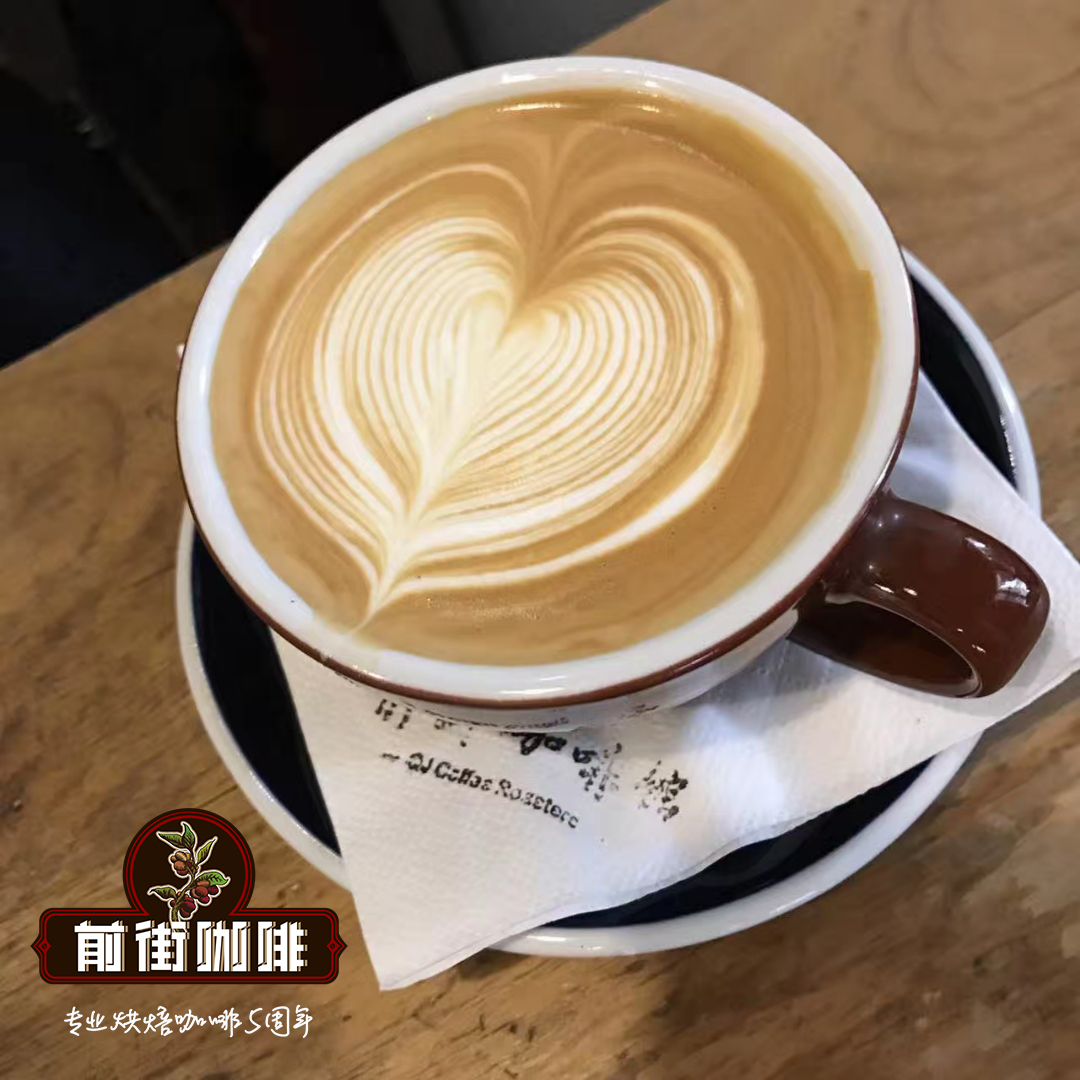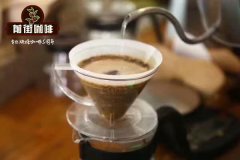Why is the milk foam of coffee not easy to spill? How do I play the coffee foam? How milk turns into bubbles

Professional coffee knowledge exchange more coffee bean information please follow the coffee workshop (Wechat official account cafe_style)
Each person has a cup of take-out coffee, showing the rapid pace of urban life. In order to make it easy to carry, the store will put a cover on the paper cup to keep the coffee warm and prevent the coffee from splashing. Curiously, what kind of coffee is less likely to spill paper cups if it is not sealed? Ask the clerk and nine times out of ten you will be told it's a latte. In fact, in addition to coffee, beer has a similar situation. The common feature of these two drinks is that the surface is always covered with foam. Obviously, the foam has something to do with the fact that they are not easy to spill, but what is the reason?
Recently, this mystery has been solved by scientists. They found that foam is a good shock absorber, and a few thin layers of foam are enough to significantly inhibit the sloshing of the liquid. The study was published in the journal fluid Physics (Physics of Fluids) issued by the American physical Federation (American Institute of Physics).
In order to turn this little experience of life in cafes and bars into a serious scientific research topic, the researchers built a narrow glass trough in the laboratory. It is filled with a mixture of water, glycerin (used to increase the viscosity of the fluid) and kitchen cleaner, so that the ability of foam damping can be tested more systematically, and a fixed flow of air is injected into the pinholes at the bottom of the glass tank. A uniform bubble layer with a thickness of 3 mm is created. The researchers designed two types of shaking, either with fast and violent vibrations or stable reciprocating shakes.
They used a high-speed camera to record the tiny waves caused by the shaking of the liquid, and compared it with the normal liquid, and found that the production of foam would make the liquid stable. They further found that just five layers of foam was enough to reduce the amplitude of the wobble to 1/10. The team believes that the foam consumes the energy of liquid sloshing by rubbing against the side of the container. Bubbles with more than five layers do not produce much extra damping because the upper layer of the bubble does not really move. The research team also found that foam that is not in contact with the container wall is hardly helpful in increasing damping.
The phenomenon of liquid sloshing in containers occurs not only in coffee chains taking out coffee, but also in large tankers carrying dangerous liquids such as oil or liquefied gas. In the process of long-distance transportation, the liquid sloshing violently in the tanker storage tank will produce considerable pressure on the storage tank wall, which may lead to storage tank rupture or vehicle mechanical failure, thus causing major public safety problems. If the liquid sloshing in the storage tank can be reduced, the safety of transporting a large number of dangerous liquids can be effectively improved, and the above study of foam may provide a simple and low-cost method.
Important Notice :
前街咖啡 FrontStreet Coffee has moved to new addredd:
FrontStreet Coffee Address: 315,Donghua East Road,GuangZhou
Tel:020 38364473
- Prev

What is the effect of water quality on coffee? What's the difference in brewing coffee with different water?
Professional coffee knowledge exchange more coffee bean information Please pay attention to the coffee workshop (Wechat official account cafe_style) Coffee is not only used to refresh modern people, more importantly, whether at home or in the office, a cup of coffee can relax tired nerves and enjoy a moment of leisure. Many people are not satisfied with buying take-out coffee, but also buy coffee.
- Next

What if the foam is delaminated? How to beat the milk foam? The household coffee machine foams.
Professional coffee knowledge exchange more coffee bean information Please pay attention to the coffee workshop (Wechat official account cafe_style) milk foam is the use of steam to beat the external air into the milk, and then beat it apart, without this external air, the steam will only heat the milk, not foam! Some coffee lovers asked the question that the household semi-automatic coffee machine was not dense with milk foam.
Related
- Beginners will see the "Coffee pull flower" guide!
- What is the difference between ice blog purified milk and ordinary milk coffee?
- Why is the Philippines the largest producer of crops in Liberia?
- For coffee extraction, should the fine powder be retained?
- How does extracted espresso fill pressed powder? How much strength does it take to press the powder?
- How to make jasmine cold extract coffee? Is the jasmine + latte good?
- Will this little toy really make the coffee taste better? How does Lily Drip affect coffee extraction?
- Will the action of slapping the filter cup also affect coffee extraction?
- What's the difference between powder-to-water ratio and powder-to-liquid ratio?
- What is the Ethiopian local species? What does it have to do with Heirloom native species?

